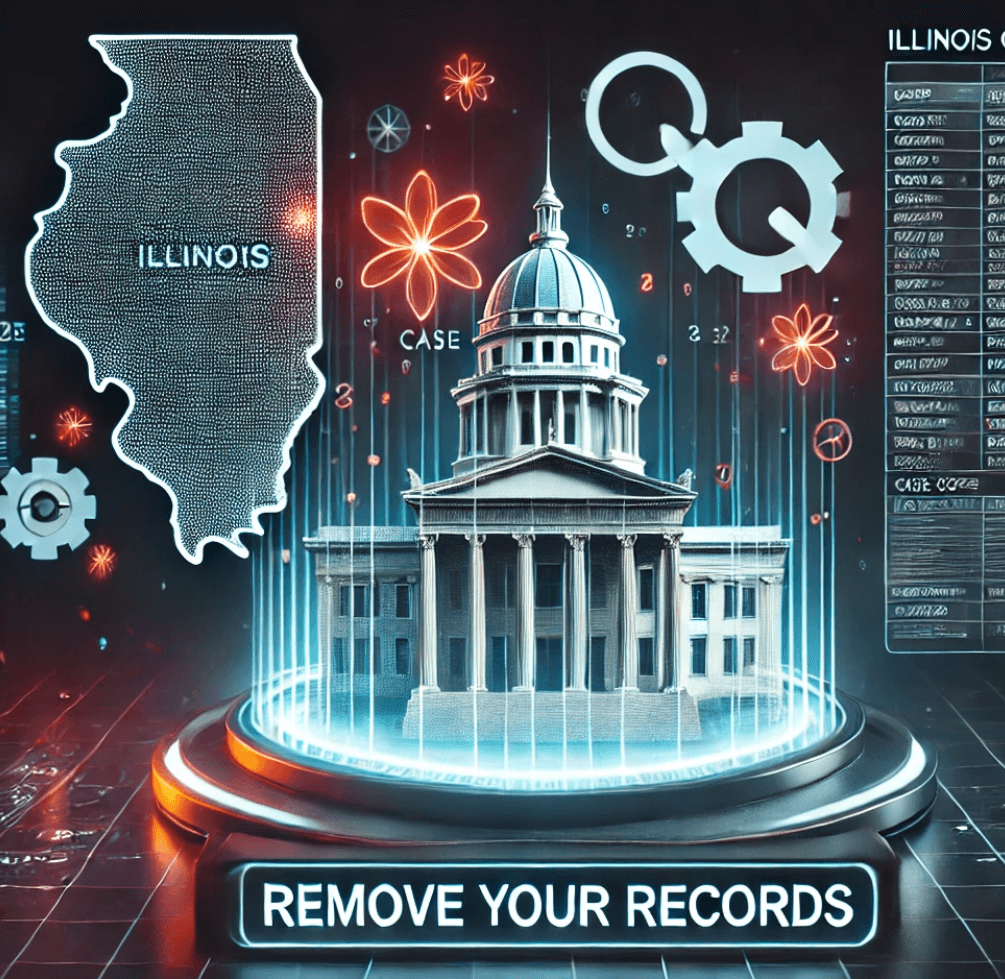How to Delete Your Data from 23andMe: A Complete Guide
If you've ever used 23andMe to explore your ancestry or health predispositions, you’ve shared highly sensitive genetic data with the company. While the results and insights are fascinating, concerns about privacy, data breaches, and the company’s future have many users now reconsidering their decision to share their DNA.
With 7 million customers affected by a data breach and questions arising around the company’s future, it's understandable why many are looking to delete their personal data from 23andMe. In this blog, we’ll guide you through the process of deleting your information and discuss why it’s essential for your privacy.
What Kind of Data Does 23andMe Collect?
23andMe collects and stores detailed personal and genetic data once you provide your DNA sample. Here’s the type of information the company typically has access to:
Registration Information: This includes details like your name, email address, birthdate, and sex.
Genetic Data: The core of 23andMe’s service—this includes your DNA information, such as ancestry composition, genetic traits (e.g., hair and eye color), and health predispositions.
Health Information: If you opt for health reports, the data may include your predisposition to certain diseases and carrier status.
Additionally, the company collects usage data about your interactions with their platform and has access to your consent decisions, which determine how they may use your genetic data.
For full details on the data collected, you can refer to 23andMe’s Privacy Statement.
Why You Should Consider Deleting Your 23andMe Data
There are several reasons why you might want to delete your data from 23andMe:
Privacy Concerns: Genetic data is one of the most sensitive types of personal information. If mishandled, it could be misused by third parties for purposes such as identity theft, discrimination, or even genetic surveillance.
Data Breaches: In 2023, 23andMe experienced a significant data breach that impacted 7 million customers. Such incidents highlight the vulnerability of personal information stored by third-party companies.
Lack of HIPAA Protection: Unlike traditional health data, genetic data provided through direct-to-consumer services like 23andMe is not protected by HIPAA (Health Insurance Portability and Accountability Act), leaving it with fewer regulatory safeguards.
Control Over Your Data: By deleting your information, you can prevent it from being used in future research or shared with any third parties.
Step-by-Step Guide to Deleting Your Data from 23andMe
Follow these simple steps to delete your personal information from 23andMe:
Step 1: Log in to Your 23andMe Account
Go to the 23andMe website and log in with your account credentials.
Step 2: Navigate to Settings
Once logged in, locate the Settings tab on your account dashboard.
Step 3: Go to the Data Privacy Section
In the settings menu, scroll down until you find the section labeled 23andMe Data.
Step 4: Select “Delete Your Data”
Click on the Delete Your Data option. You will be presented with information about what will be deleted and what will remain due to legal obligations.
Step 5: Confirm the Deletion via Email
After selecting the option to delete your data, you will receive a confirmation email. Follow the instructions in the email to confirm the deletion.
Important: Once you complete this process, your data will no longer be used for research, and if you opted to have your DNA sample stored, it will be destroyed. However, some legal records may still be retained due to regulatory requirements.
What Happens After Deleting Your Data?
Once you’ve confirmed the deletion of your data:
Research Opt-Out: Even if you initially consented to 23andMe’s research program, your data will no longer be used for any research purposes.
Sample Destruction: If you opted to have your DNA sample stored after processing, 23andMe will also destroy the physical sample.
Data Retention: Certain records may still be retained to comply with legal obligations, but these should not include your genetic data or any personally identifiable information.
For more information on what data may be retained, refer to the company's privacy policy.
Why Deleting Your Data Matters for Privacy
Deleting your data from 23andMe is an important step to regain control over your personal information. Here’s why it matters:
Protect Against Future Breaches: Even if your data hasn’t been affected by a breach yet, removing it from the company’s database reduces the risk of exposure in future incidents.
Prevent Unauthorized Access: The fewer entities holding your genetic data, the better your overall privacy.
Stop Future Data Sharing: While 23andMe claims they don’t share information without consent, deleting your data guarantees it won’t be shared with third parties or law enforcement.
For more on how to protect your online privacy, you can explore our Complete Data Broker Opt-Out Guide.
Other Platforms to Consider Removing Your Data From
If you’re concerned about privacy, it’s also a good idea to look into removing your personal information from other data brokers and people search engines, like:
FastPeopleSearch: Learn how to opt-out by visiting our guide on Removing Your Information from FastPeopleSearch.
Spokeo: This platform collects vast amounts of personal data. Follow our Spokeo Opt-Out Guide to get started.
Taking control of your personal data across multiple platforms is essential to maintaining your online privacy.
Final Thoughts: Take Control of Your Genetic Data
23andMe offers fascinating insights into your ancestry and health, but the potential risks associated with genetic data storage should not be ignored. With data breaches and limited legal protections, deleting your data is a smart way to protect your privacy.
If you’re serious about safeguarding your personal data, start by deleting your information from 23andMe today. For ongoing privacy protection, consider using a service like CleanData to monitor and remove your data from multiple platforms.
Visit our Privacy Services to learn how we can help you stay secure online.



